The Cassava harvest and Cassava flour making process
Holla readers and prestigious fellow bloggers, hope you are good?. it has been awhile, after about 8 months of waiting i and my family decided to harvest our cassava farm which is located in our compound, A cassava farm that spreads across about half plot of land.
 | 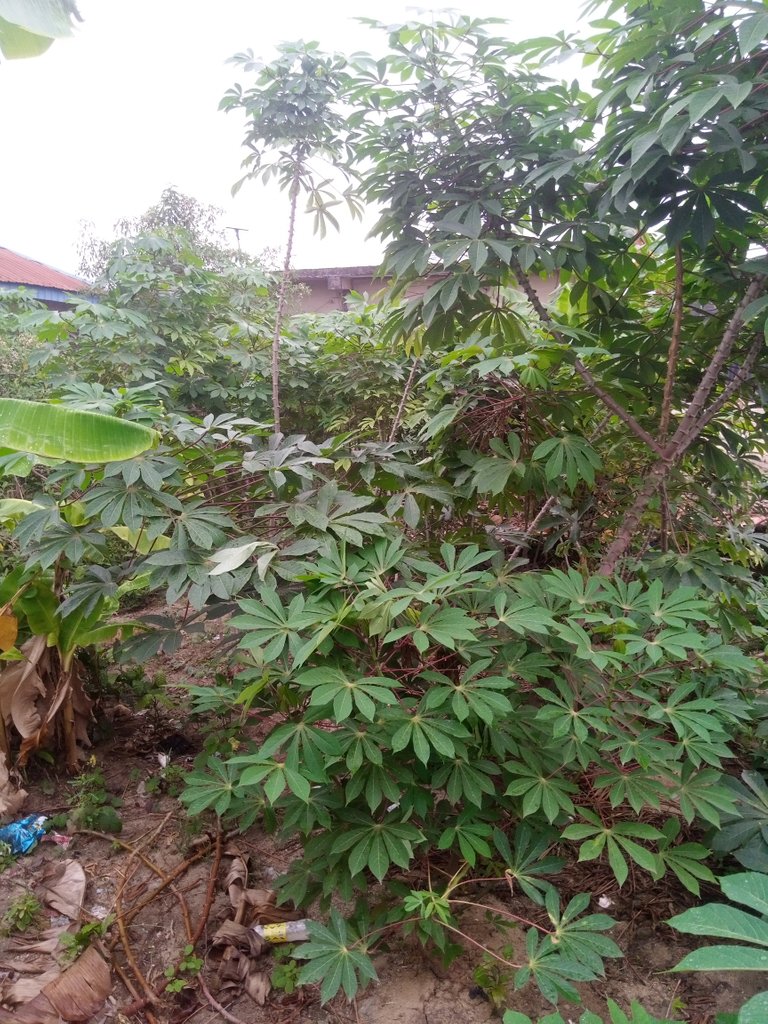 |
|---|
After the long wait and preparation last week Saturday, I and my siblings decided to harvest the cassava farm. unlike other crops, cassava crops are found underground which involves the usage of digging materials, but there are some things you need to look out for before and while harvesting cassava
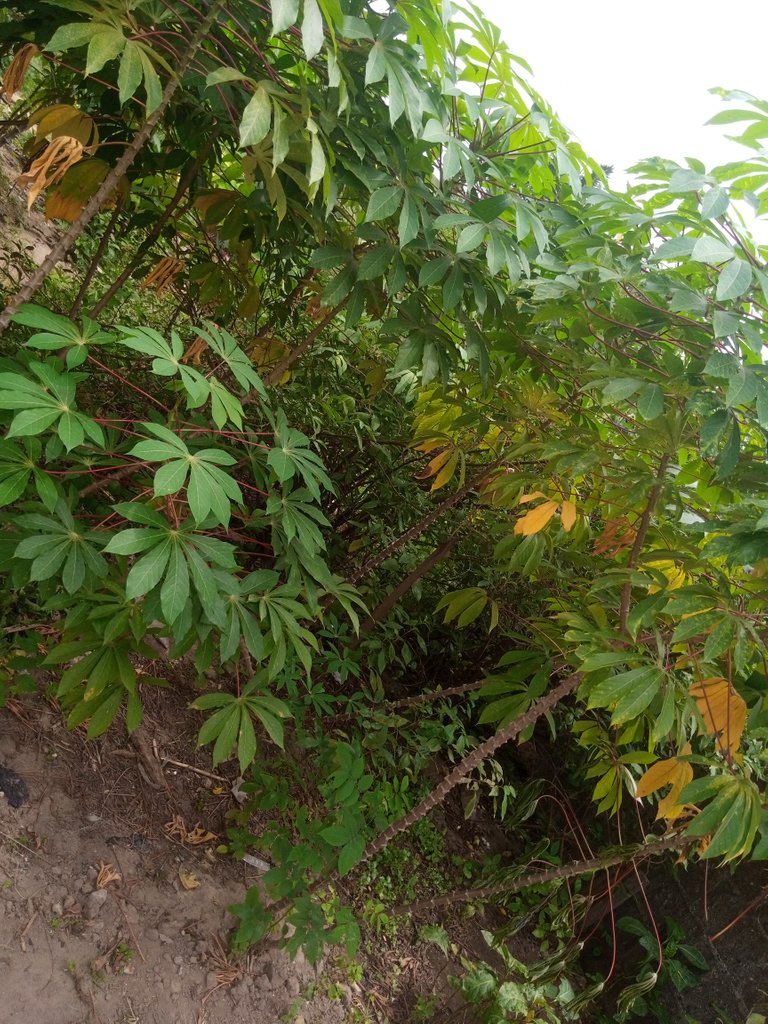 | 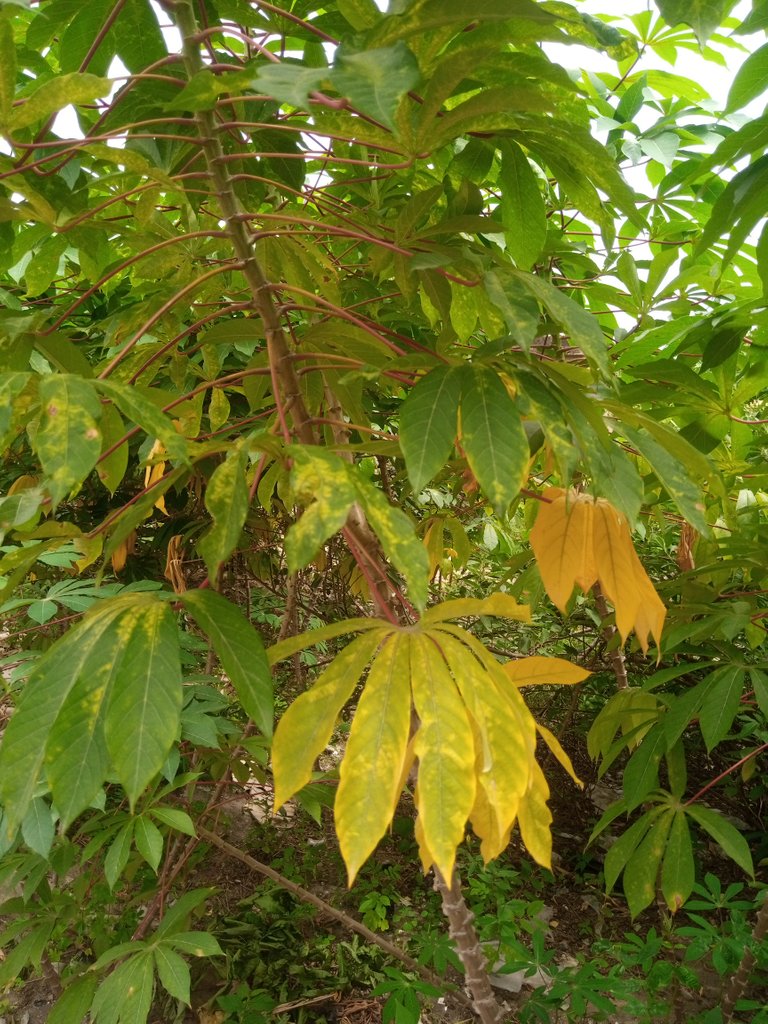 |
|---|
Firstly, cassava plant has indication that shows that it is ready for harvest, though the numbers of months cassava plants takes before harvest varies depending on the type of cassava you planted, this type is mostly know as "yam cassava" because apart from various things cassava can be used for this type of cassava can be consumed in form of yam, that is why we call it yam cassava and it doesn't take as long as the other types of cassava plant. so before embarking on the harvest you must watch out for the reddish leaf. it is an indication that shows the cassava plant is ready for harvest. failure to harvest cassava when it is ready for harvest it will result to the cassava tubers to rotten or other pest will start feeding on it which will reduce productivity
Secondly, it is best to harvest cassava during raining season, cassava crops grows underground and during dry/sunny season the ground will be too hard to penetrate or dig through, though there are methods to make harvest easy during dry season but it better and more convenient to harvest cassava during raining season season or after rain fall
Harvesting cassava is very easy as long as you know your way around it
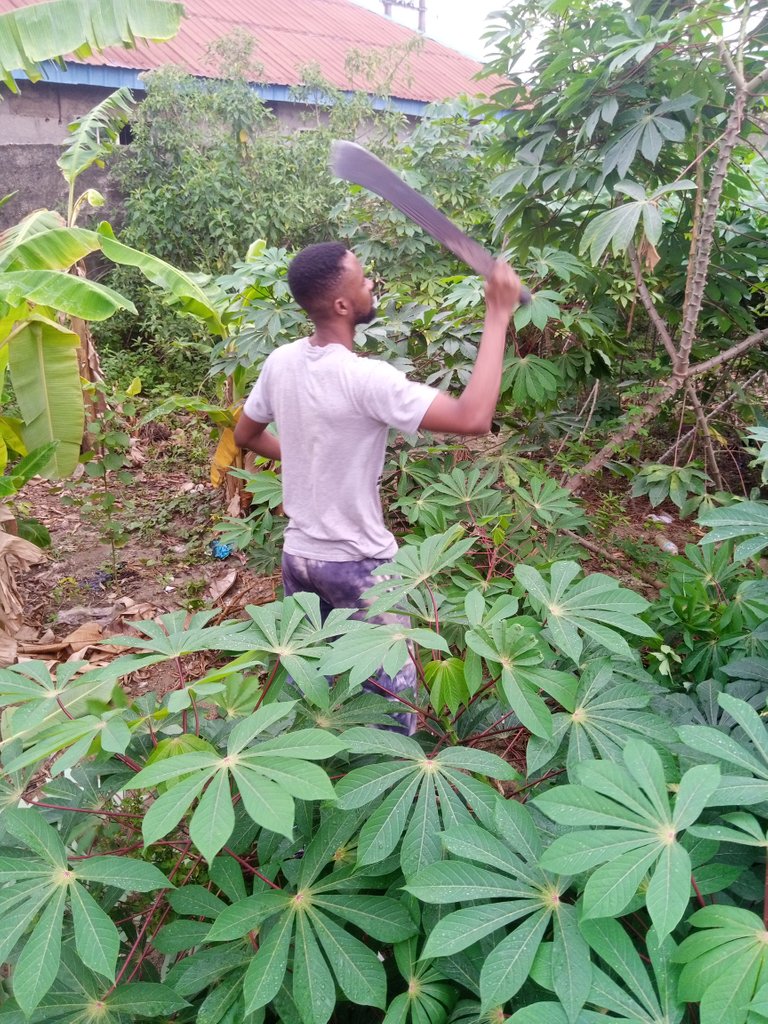 | 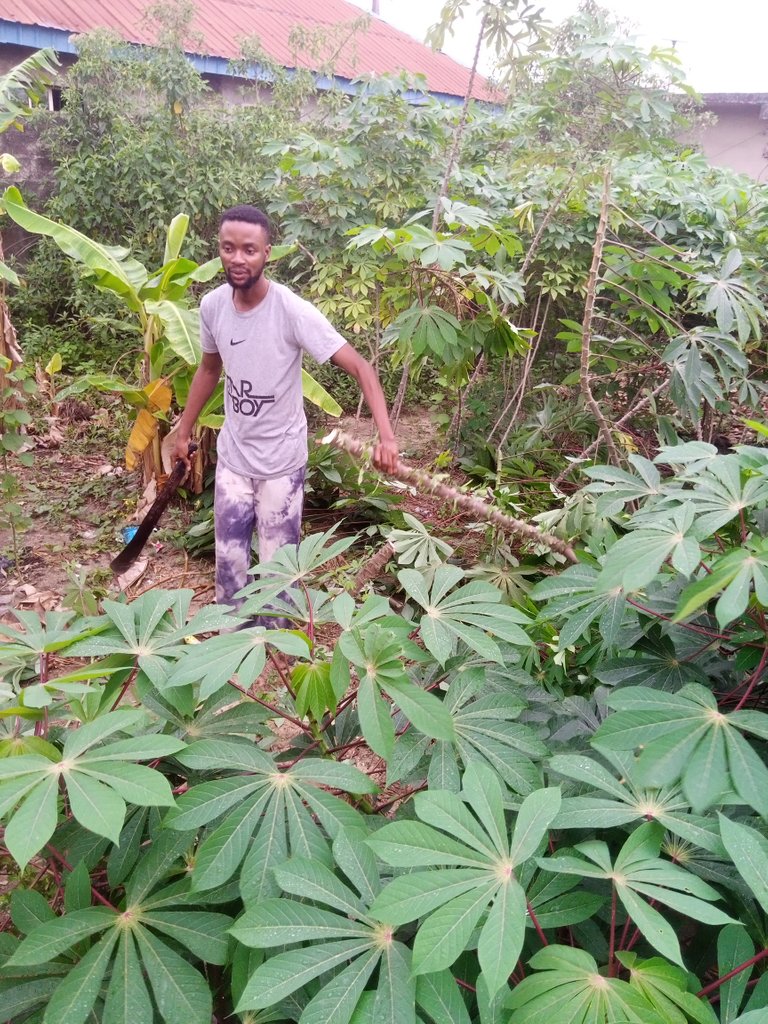 |
|---|---|
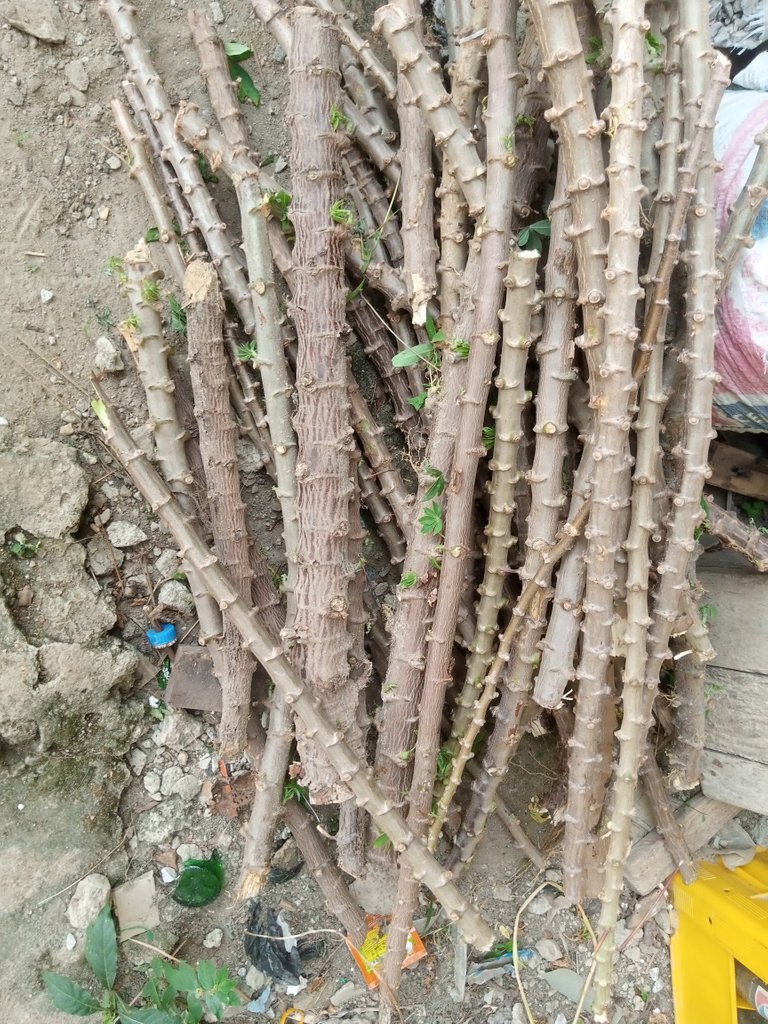 | 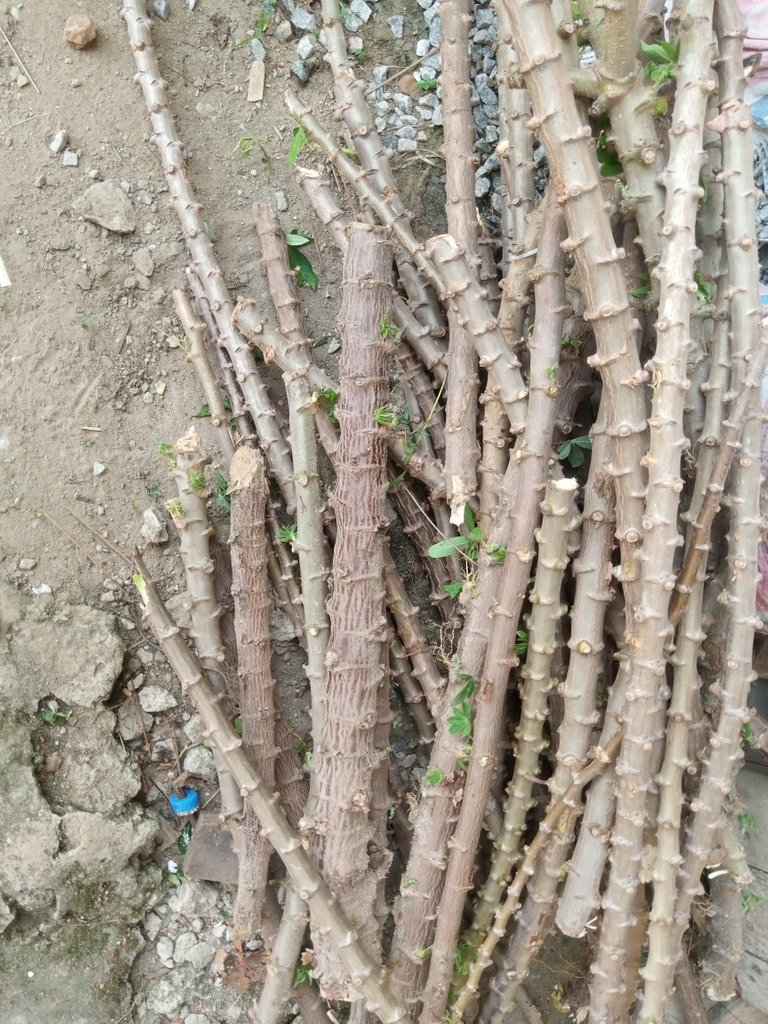 |
- 1) Cut the cassava stems: the stems hardens has the cassava plant grows taller this stems are used to replant the cassava just like a seed. cutting off the stems will allow easy access to the roots and more convenient space to dig.
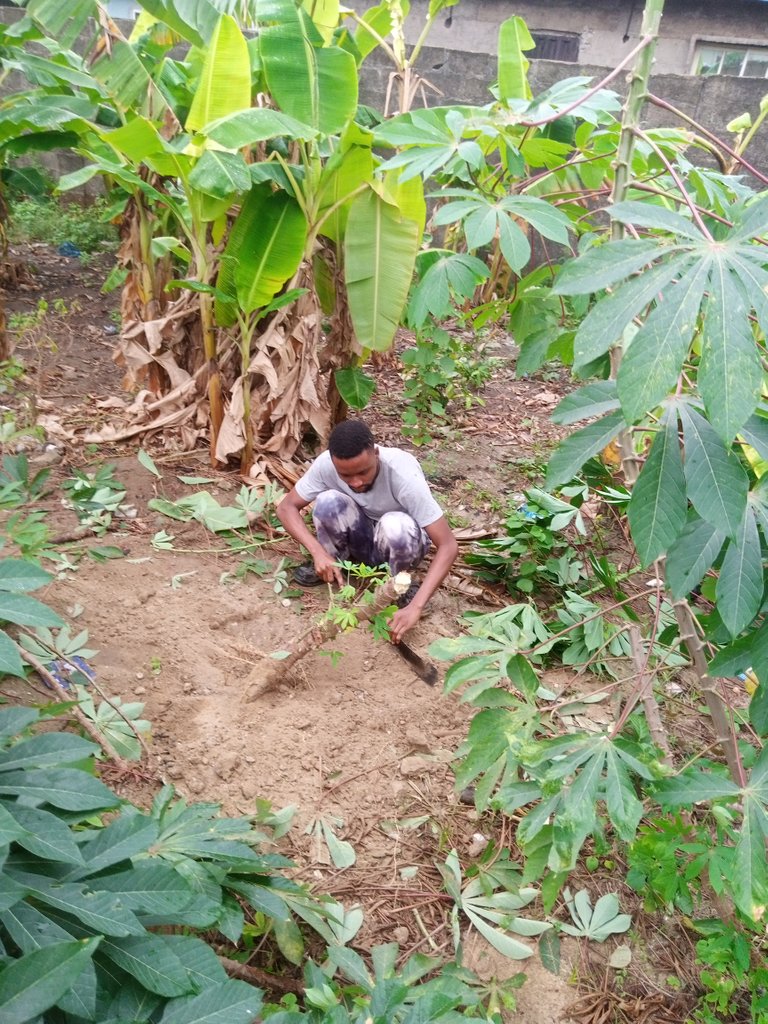 | 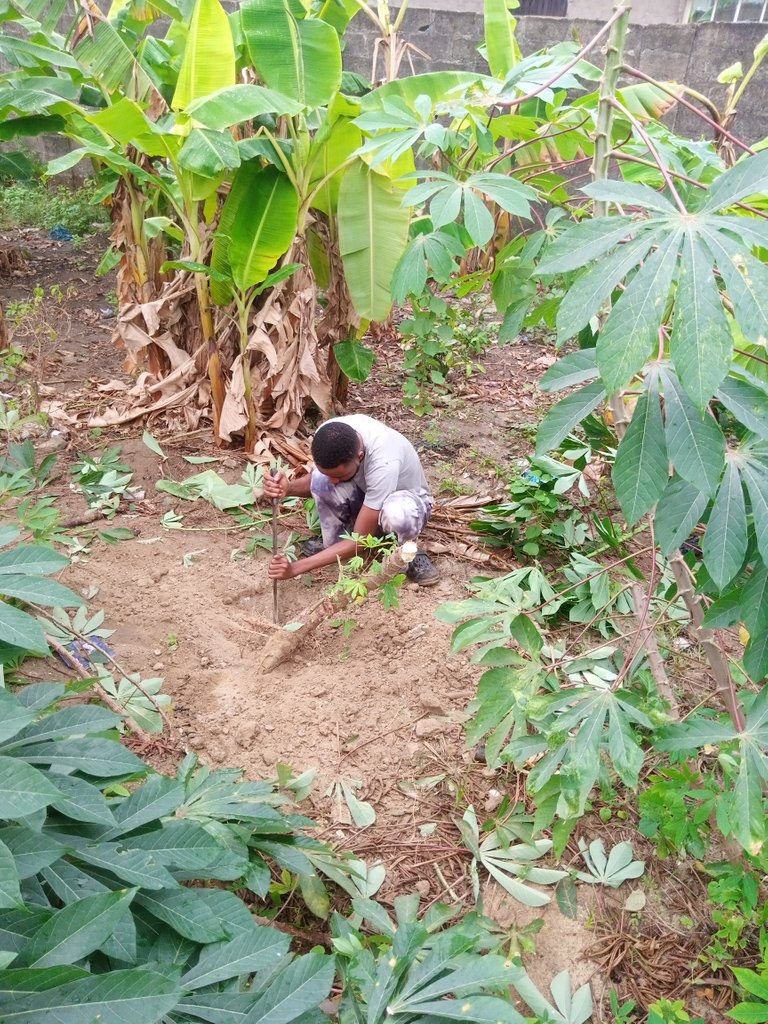 |
|---|
- 2) Dig a round circle around the root of the plant: though it does not guarantee that the cassava yam will fall in the radius of that circle but it will allow you to visibly trace the roots of the cassava to the yam
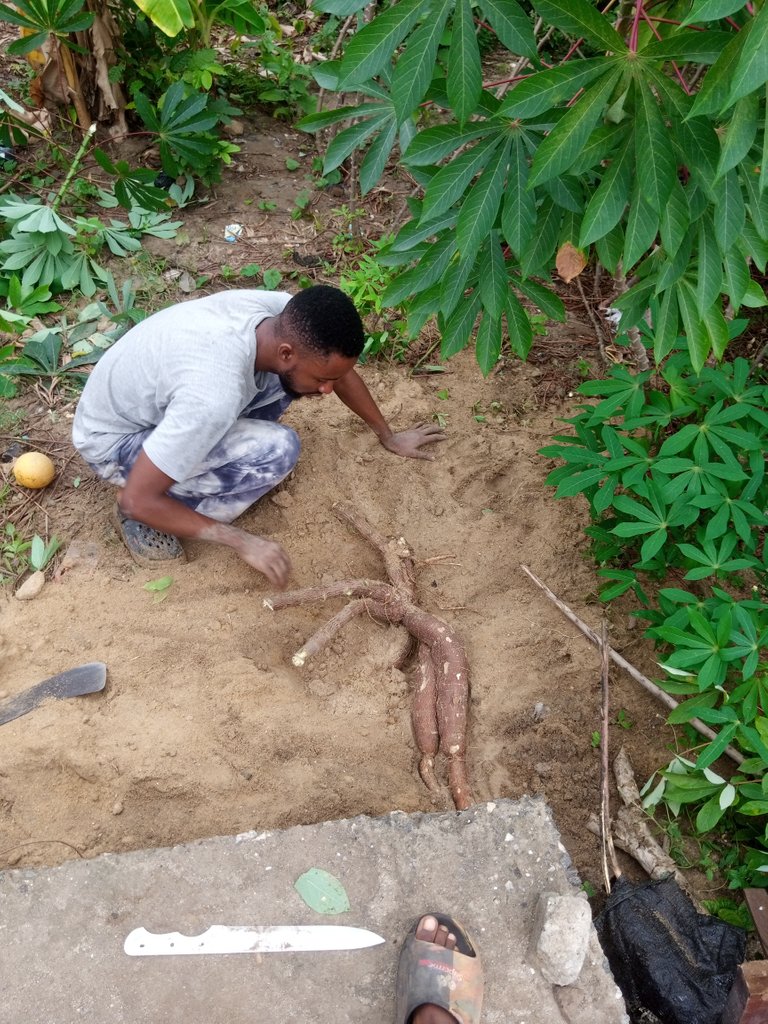 | 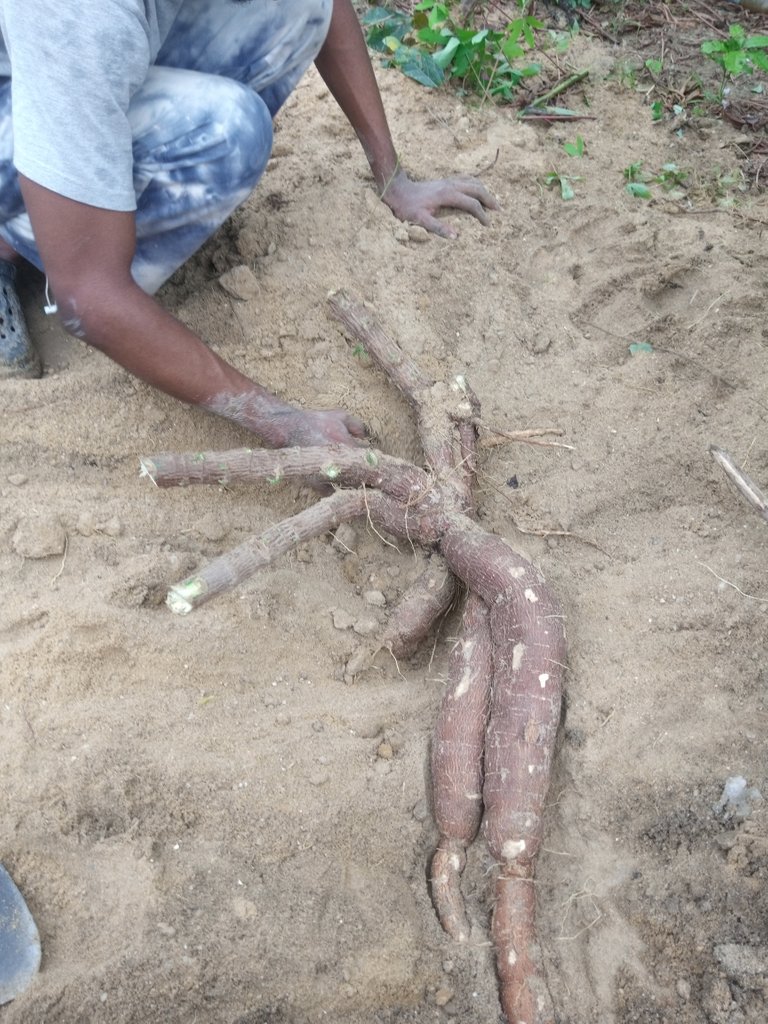 |
|---|
while digging you have to be carefully not to dig too deep with the hoe, cutlass or shovel In order not to damage the cassava tubers, it is very soft, sharp objects can easily penetrate through it, dig gently and patiently follow the roots
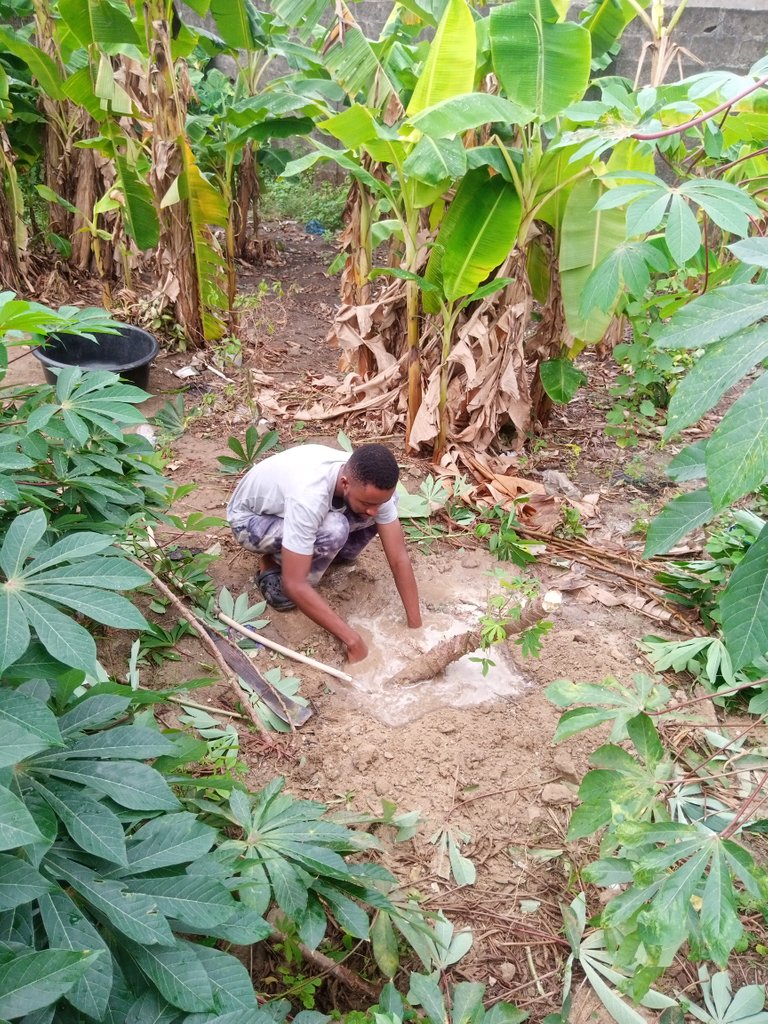 | 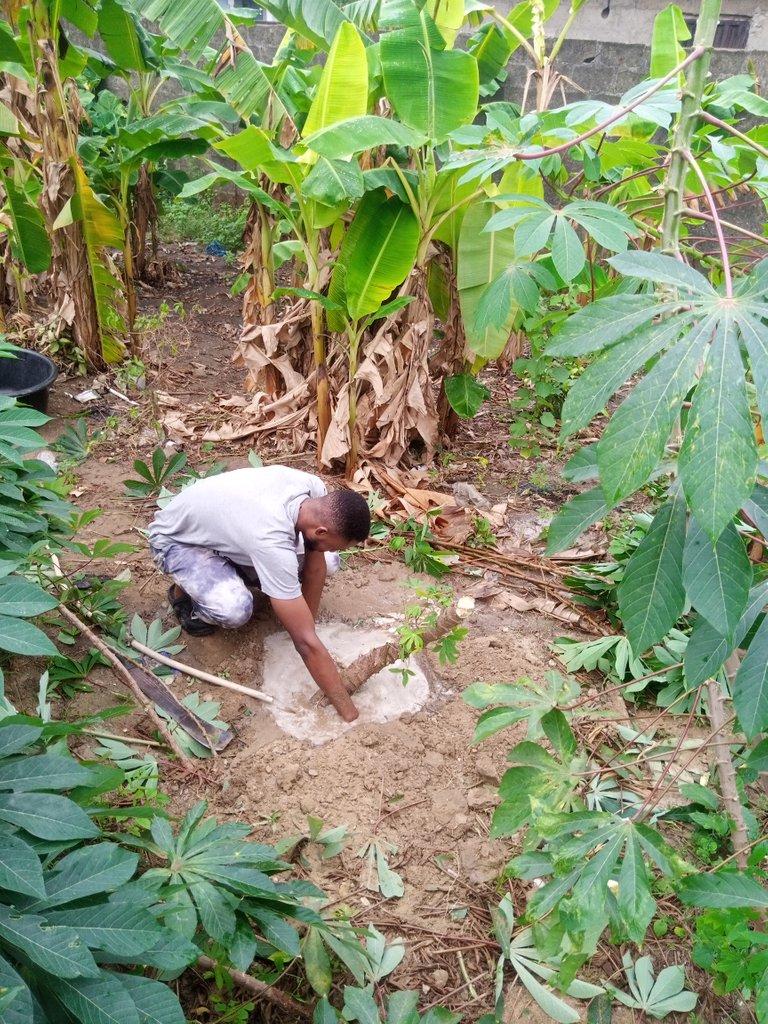 |
|---|
In a case where by you discover that the ground is too hard to be dug, you can make use of water to soften the surface
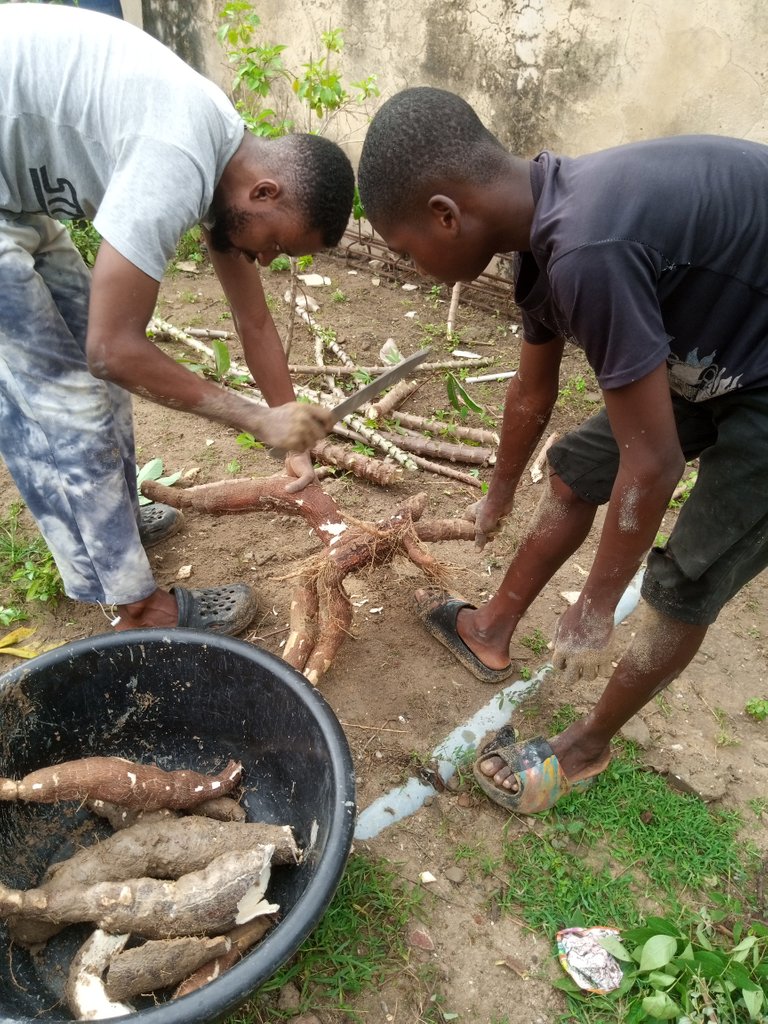 | 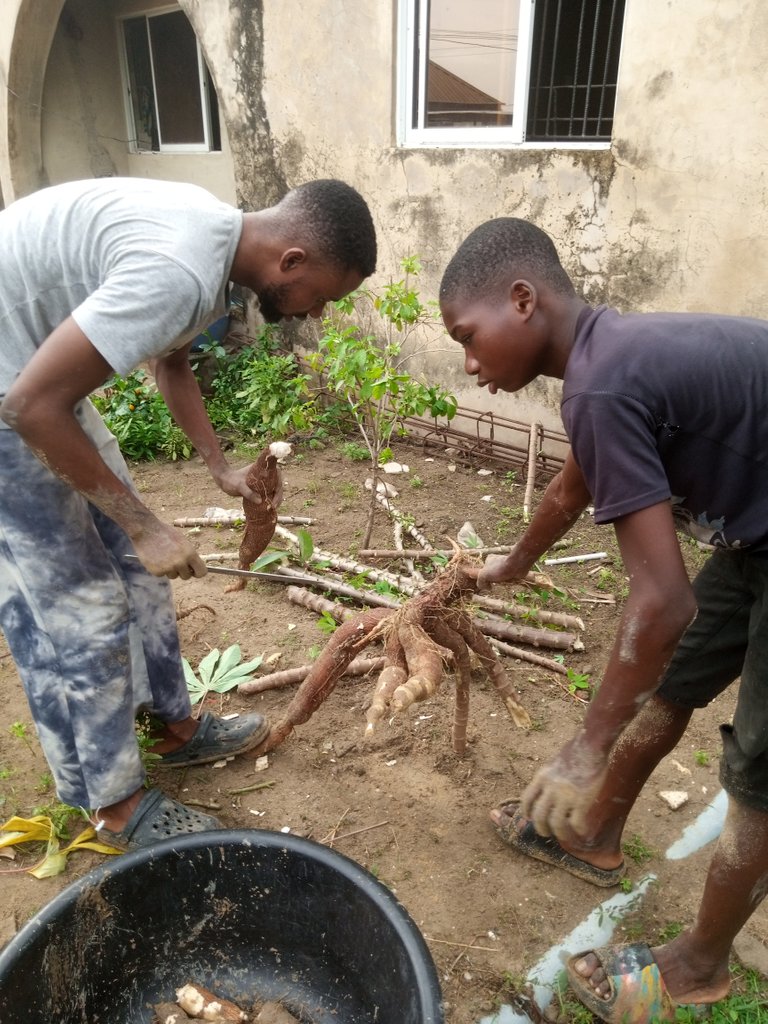 |
|---|
- 3) Carefully detach it from the root: after you must have dug out the cassava yam, all you need to do is carefully detach it from the root in other to store it
Though the main purpose of our harvest was not to consume it as yam but to blend it into powder to create cassava flour which can be blended or mixed with other yam and plantain substances to create what we call "elubo" and "wheat", popular element for making the naive meal called "Amala"
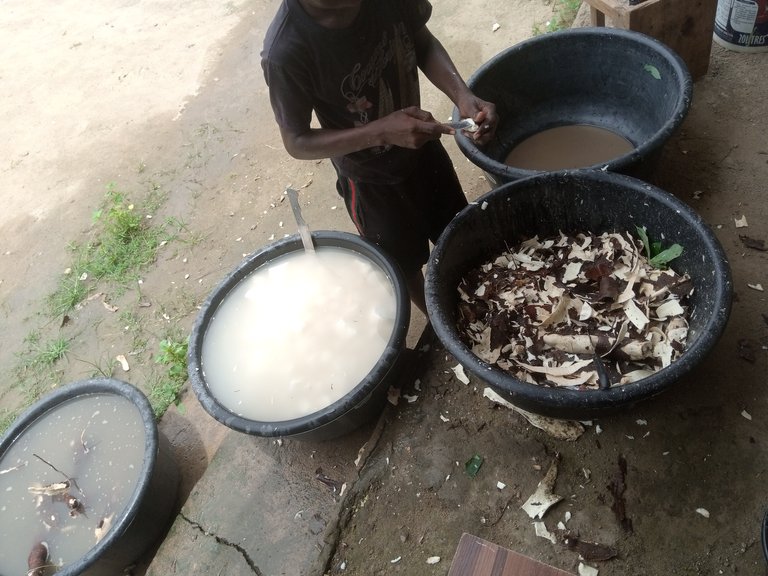 | 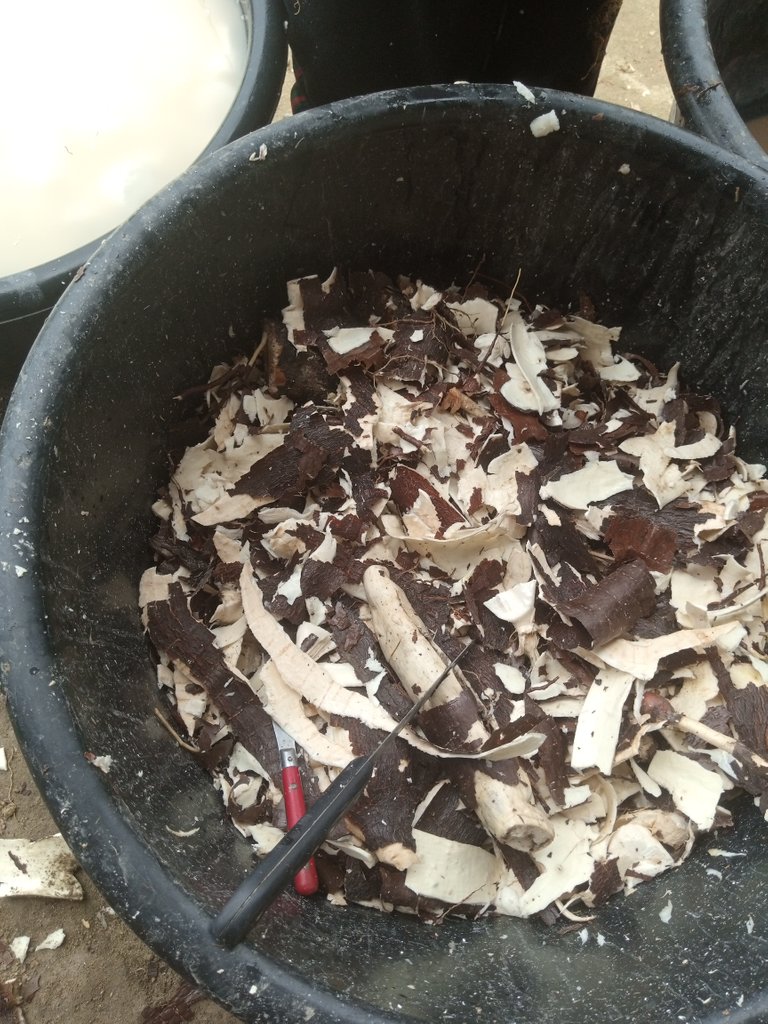 |
|---|
- 1) Peeling off the skin: After cassava harvest, from the picture above, you can see it has a brownish skin. so firstly,you need to peel off the skin just like a yam but it is not has hard as a Yam, the skin is just like the skin of orange. the moment you deep a knife into it, the rest of the skin can be peeled off at once
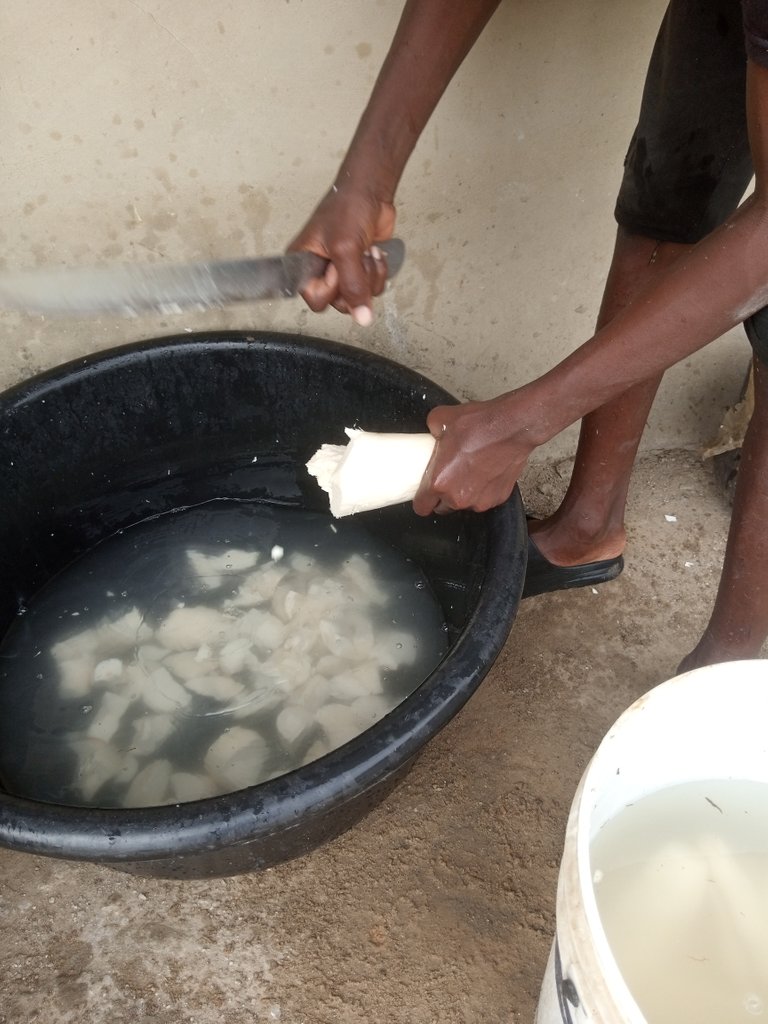 | 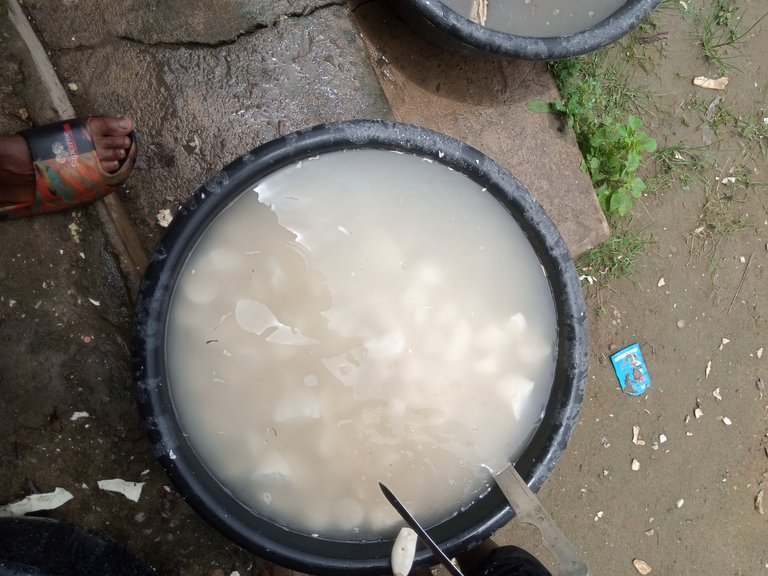 |
|---|
- 2) Slicing and soaking: after peeling off the brownish skin, then you slice it into a bowl of water as indicated in the picture above. for a duration of at least 2/3 days, by then it will be as soft as a bread.
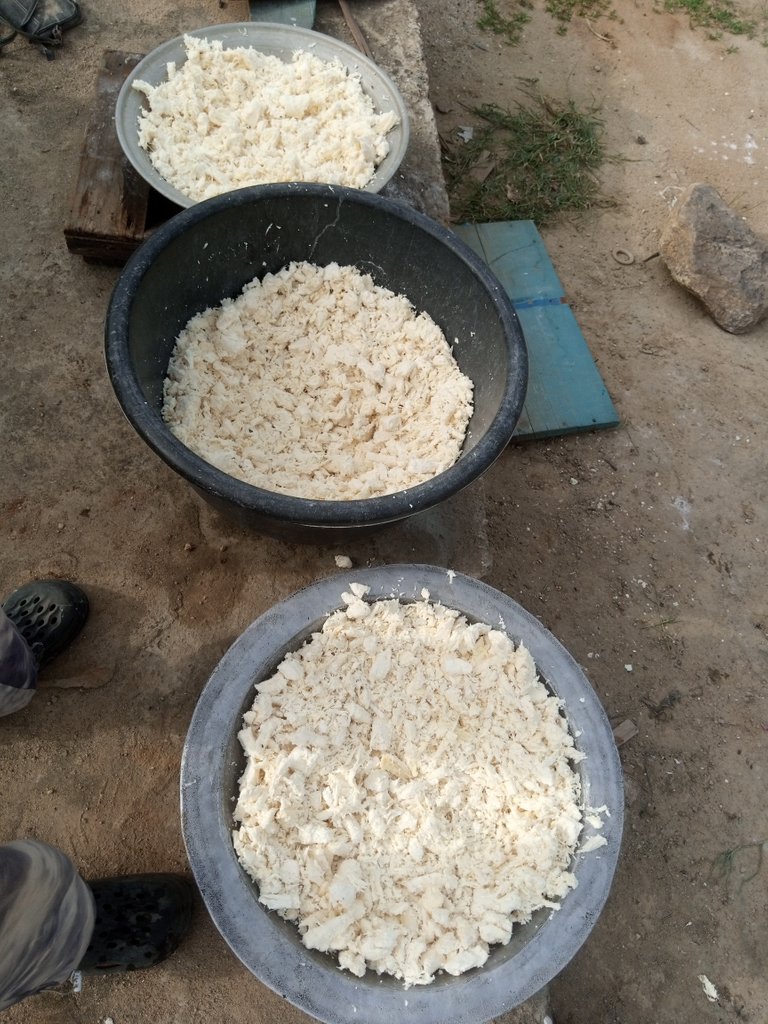 | 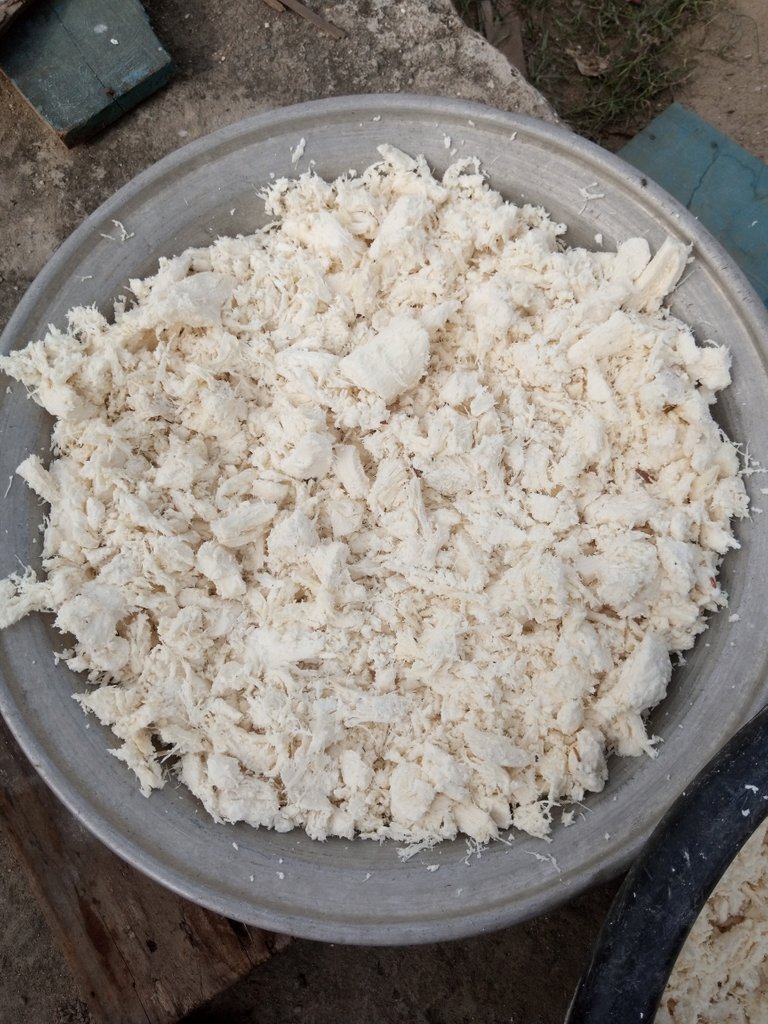 |
|---|
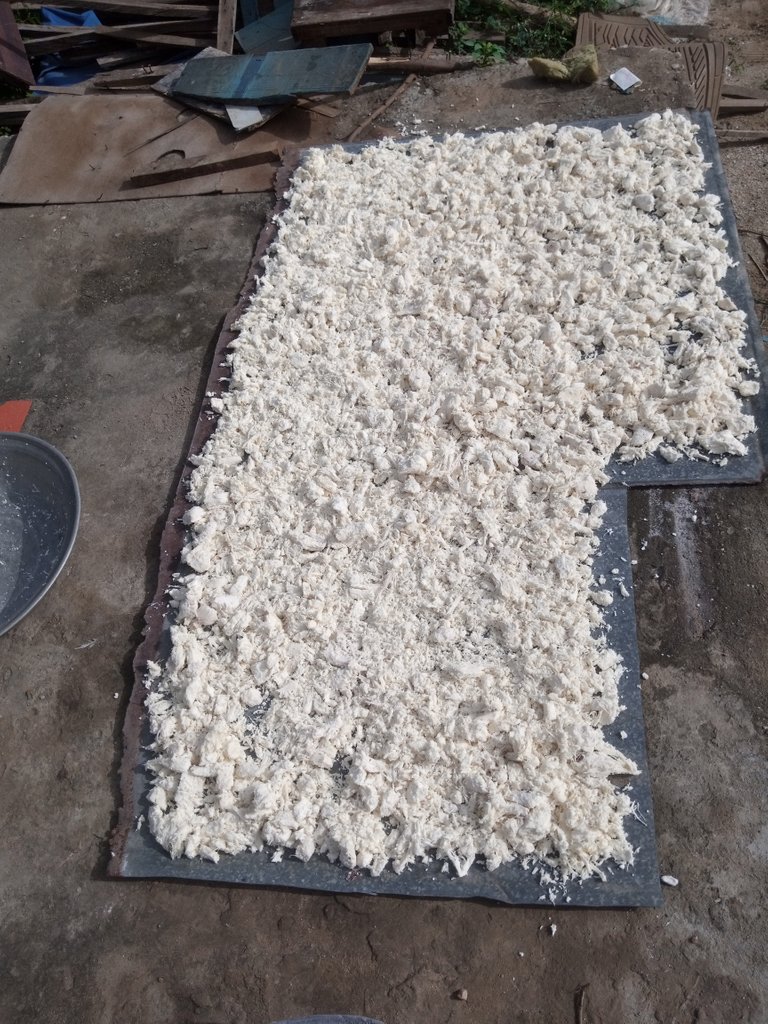
- 3) sun-dry it: after soaking it for days, you take it out with a sieve to separate the water from the soaked cassava, then spread it out in the sun for it to dry up**
There are about two moresteps remaining to complete the cassava flour making process, but as of this moment the cassava displayed in the pictures is yet to dry up, by next week I will be updating this post for to complete the cassava flour making process.


All pictures are mine except indicated otherwise
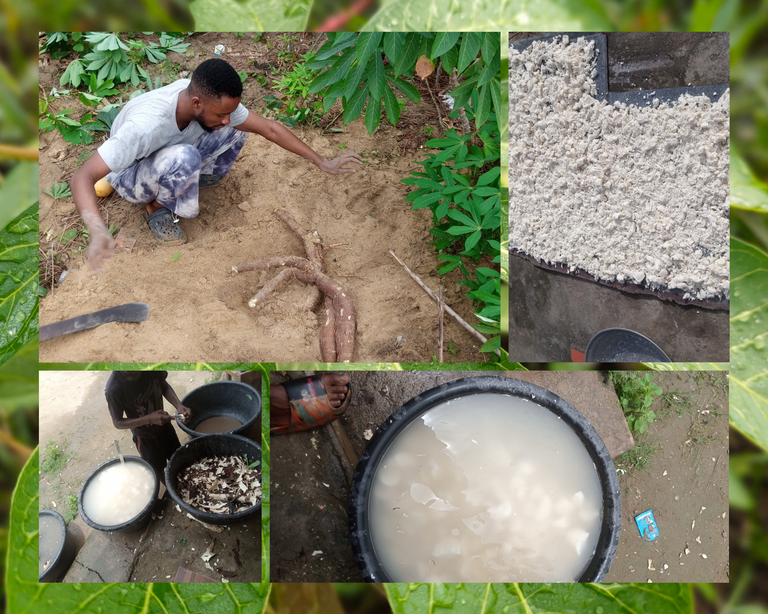
Yay! 🤗
Your content has been boosted with Ecency Points, by @emrysjobber.
Use Ecency daily to boost your growth on platform!
Support Ecency
Vote for new Proposal
Delegate HP and earn more
Cassava is awesome, and I enjoyed seeing the processing steps. It's great to see that you can replant it and grow it from stems. Thank you for showing us!
I'm glad it was worth your time
Thanks for your readership and comment, it is highly appreciated 🤗
Awesome. The last time I was here, I learned the process of harvesting plantain. I must say that you are doing well for yourself. I hope to see the final cassava product soon.
I appreciate the compliment, in few weeks from now depending on how sunny the weather is, it should be ready for the next stage. I will make sure I update the post to make sure you get the complete idea behind cassava flour making process, thanks for stopping by
This is not an easy work to start with, It's not for lazy people..a lot of things to learn from your post, I don't know about Yam cassava, I was thinking that everything is the same species...lol
I can see that you're through with the harvesting, hoping to see the cassava flour when you're done.
It's nice to be here, in came across your post through #dreemport.
Well, nothing good comes easy, I'm glad you could learn one or two things from the write up. The write up will be updated as soon as the cassava is ready for the next step. Thanks for stopping by
Okay...I will be waiting for the next step, it's a pleasure to be here.
This work is actually tasking and I remember scowling because of the body pains I had afterwards. The end result of getting your garri or fufu makes it all worth it. I'm glad you could share this with us. Well-done.🌺
Popped in from #dreemport
Well, I can see you are familiar with the process, yeah it can stressful especially when trying to make garri or fufu out of it but the flour is easier to make than the other ones. I appreciate your insightful comment, thanks for visiting my blog
Very familiar Sir. I've done this one time too many. It was a pleasure reading ❤️